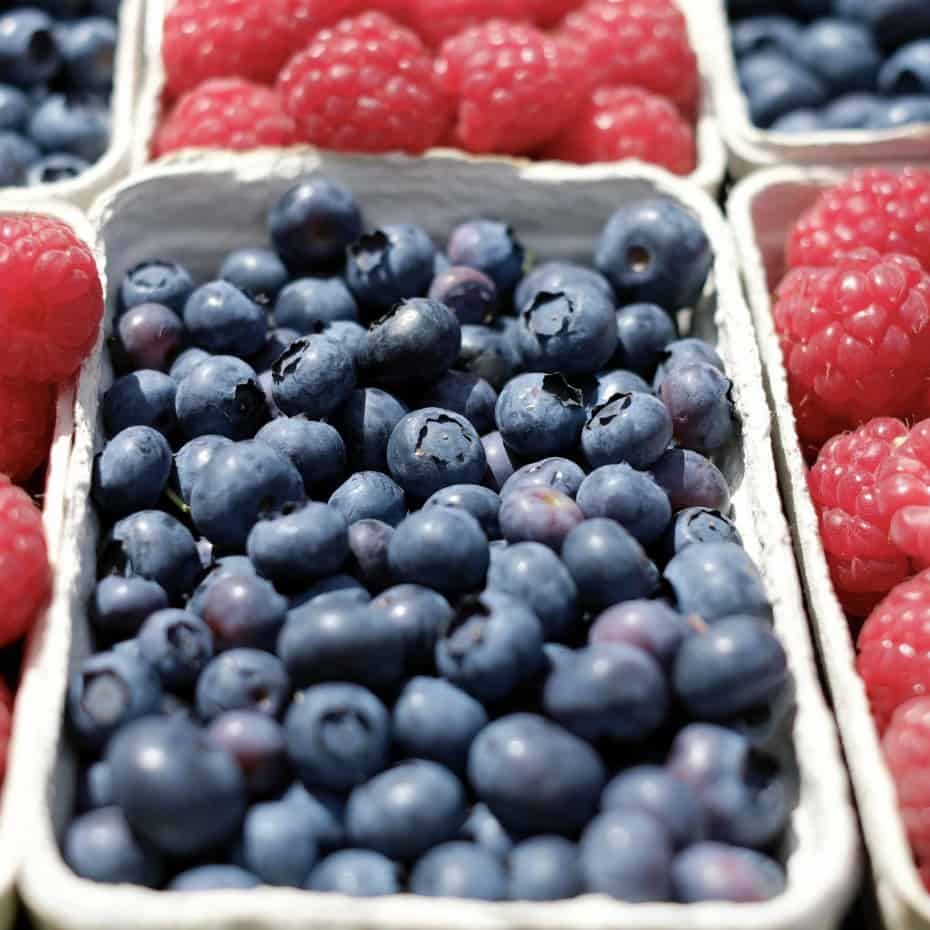Exploring the Essence of Fiber: A Comprehensive Guide by Athletes Kitchen, Toronto’s Organic Meal Delivery Service
Unraveling the Mystery of Fiber: An In-Depth Insight
Delve into the intricate world of fiber, the unsung hero derived from plant sources, meticulously examined and decoded by Athletes Kitchen, your trusted organic bremeal delivery service in Toronto. Gain a profound understanding of fiber’s composition and its role in carbohydrate analysis.
The Essence of Fiber: Demystified
Fiber, intricate chains of glucose molecules or non-starchy polysaccharides, constitutes a pivotal component of plant material ingested in our diets. While humans lack the enzyme to fully break down fiber, certain GI microorganisms aid partial fermentation. Classified as a non-nutrient, fiber’s unique properties and functions extend beyond its limited digestion, endowing it with remarkable health benefits.
Unveiling the Benefits of Fiber
Remarkably, fiber, particularly the viscous variety, orchestrates an array of advantages. It delays gastric emptying, promoting satiety and aiding weight control, while mitigating postprandial blood glucose levels to enhance insulin sensitivity. Fermentation within the GI tract yields short-chain fatty acids, contributing to caloric energy. Additionally, fiber intervenes in dietary fat and cholesterol absorption, reducing blood cholesterol concentrations and bolstering cardiovascular health.
Origins of Fiber: An Exclusive Plant Domain
Exclusively originating from plant sources, fiber encompasses diverse types, including cellulose, pectin, hemicellulose, mucilage, lignan, inulin, tannin, and phytate. The fiber landscape embraces two pivotal categories: soluble and insoluble fiber, each characterized by distinct attributes.
Soluble Fiber: Water’s Delightful Ally
Soluble fiber, water-soluble and gel-forming, holds multifaceted benefits. It fosters prolonged gastric emptying, enhancing nutrient absorption and cholesterol modulation. Embracing sources like fruits, legumes, oats, flaxseed, and more, soluble fiber presents a versatile array of health advantages.
Insoluble Fiber: Nature’s Untamed Force
Contrastingly, insoluble fiber, encompassing cellulose and lignans, defies water’s grasp. Bolstering fecal weight and mass, it regulates transit time, and moderates glucose absorption and starch hydrolysis. Found in vegetables, wheat, and cereals, insoluble fiber contributes to comprehensive dietary balance.
Navigating Optimal Fiber Consumption
A guideline emerges: consume around 14 grams of fiber per 1000 kcal, a recommendation aligning with various demographics. Women should target approximately 25 grams daily, while men strive for 38 grams. Even children, on their nutritional journey, aim for 25 grams daily. Gradually introduce fiber into your diet, accompanied by adequate water intake.
Visualizing 5 Grams of Fiber: Real-life Examples
Elevate your fiber-consciousness with tangible examples of 5 grams of fiber, showcased through diverse food sources. Envision the nutritional richness offered by 1 cup of oatmeal, 1/2 cup of lentils, a pear, and more, as they contribute to your daily fiber goals.
A Glimpse into the Future: Discover More Insights
- If this enlightening exploration of fiber resonates with you, delve deeper into our blog on: Achieving fat loss and decoding the exercise vs diet dilemma.
